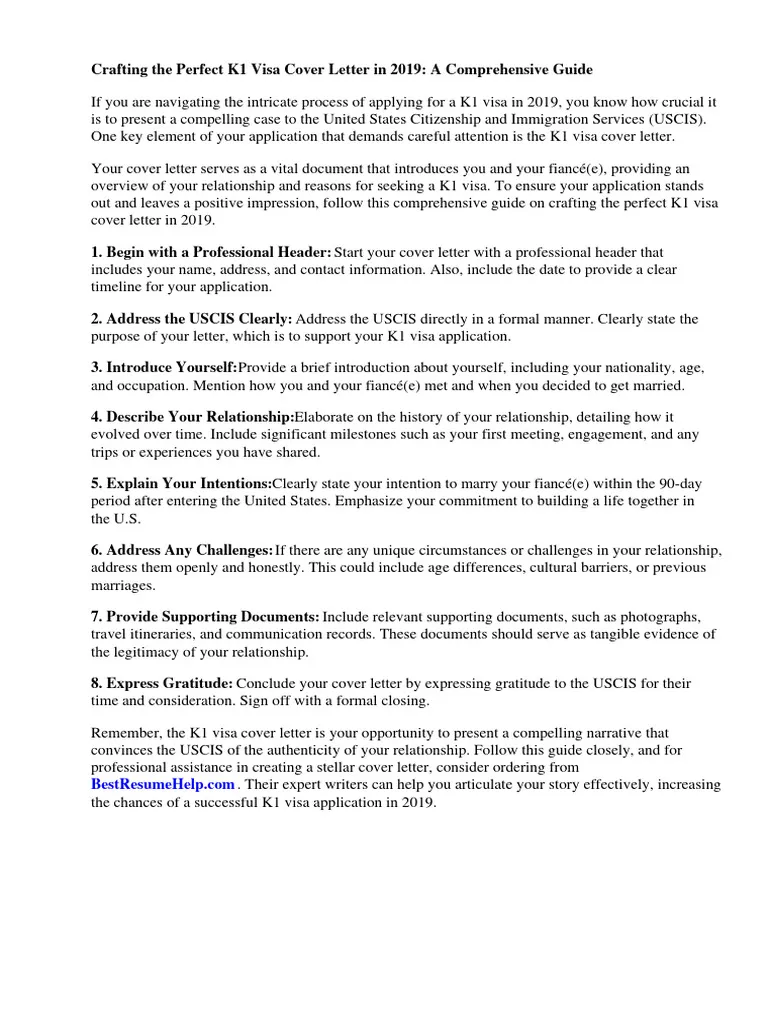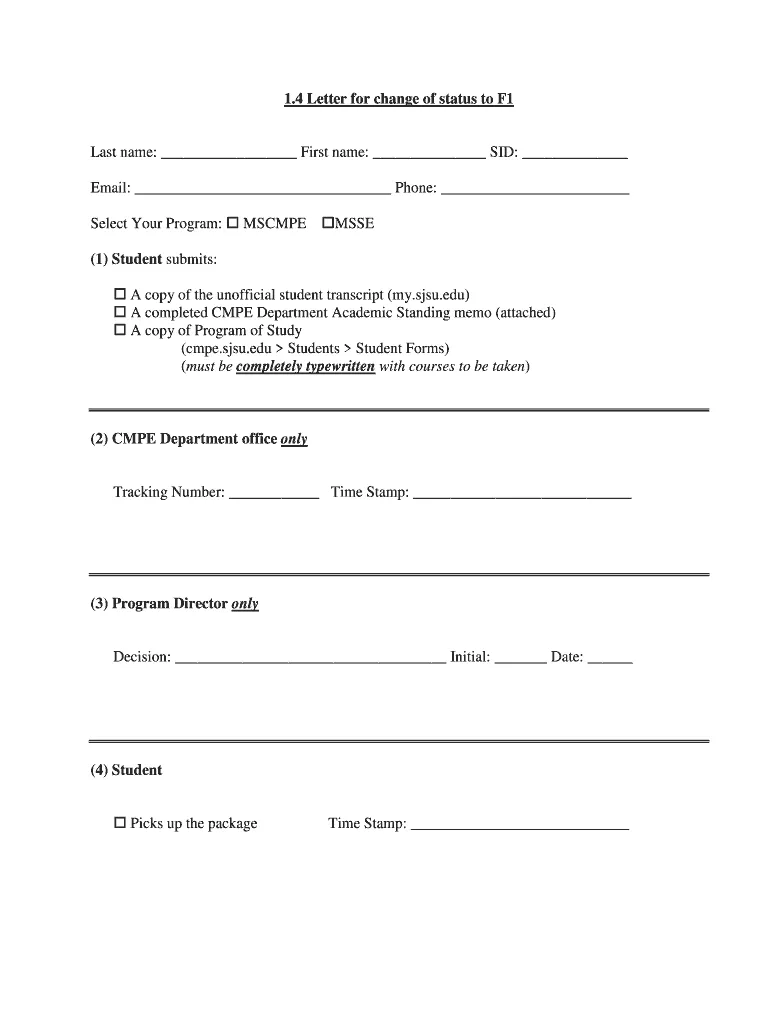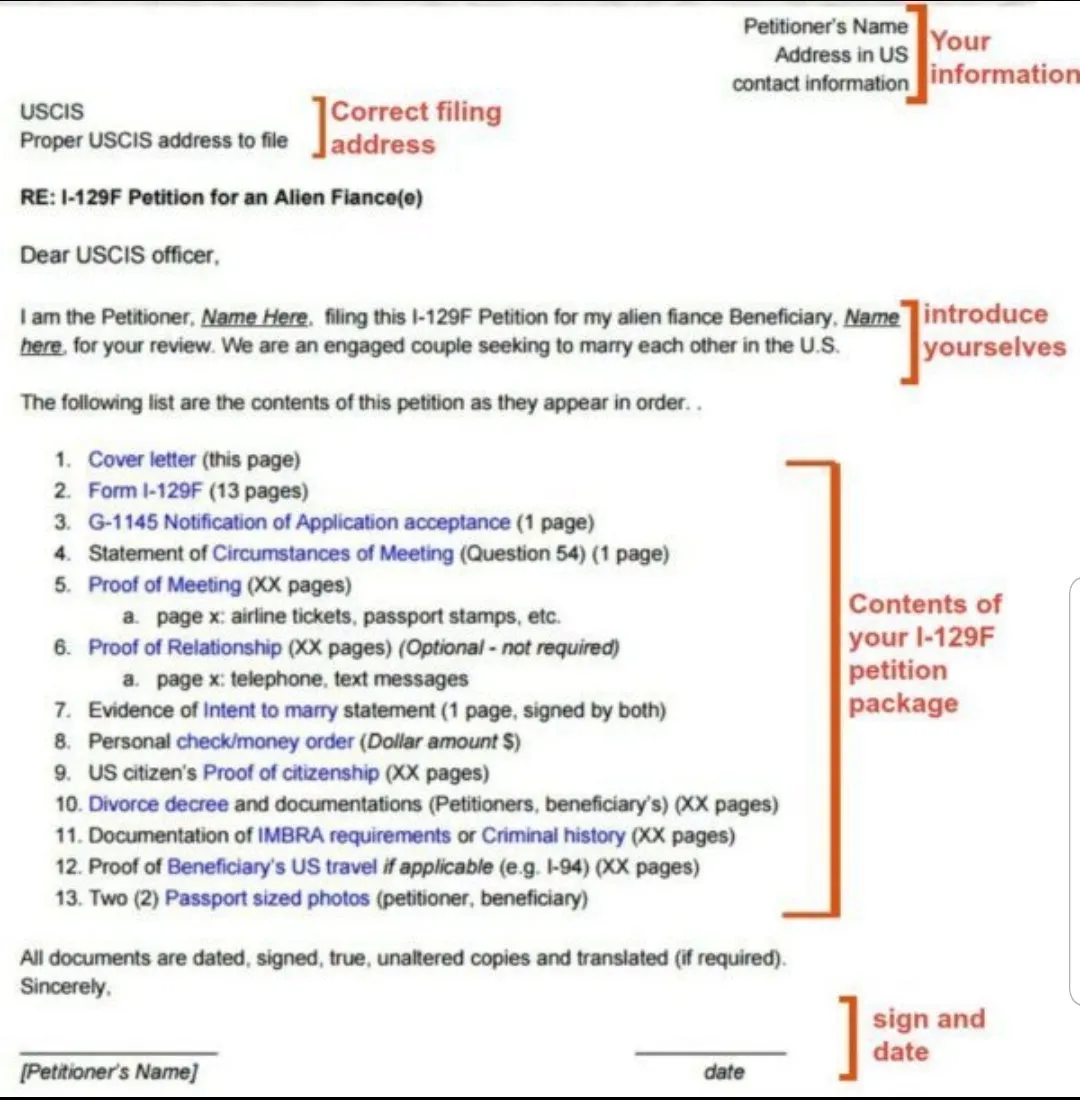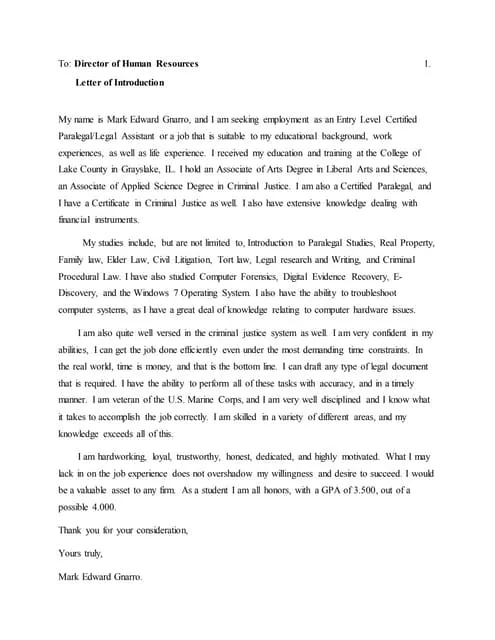Understanding the B2 to F1 Status Change
Changing your status from a B2 visitor visa to an F1 student visa is a significant process that allows you to pursue academic studies in the United States. It is essential to understand the legal requirements and procedures involved. This change of status allows individuals who are already in the U.S. on a B2 visa to remain in the country legally while attending a school or university. However, it’s crucial to note that not everyone is eligible for this change, and the application process can be complex. This guide will provide you with a comprehensive overview of how to create a winning cover letter, a critical component of your application, helping you navigate the process smoothly and increase your chances of approval.
Eligibility Criteria for F1 Student Visa
Before you begin drafting your cover letter, ensure you meet the basic eligibility criteria for an F1 student visa. These criteria include being enrolled in a Student and Exchange Visitor Program (SEVP)-certified school, having a valid Form I-20 issued by the school, and demonstrating the intention to study full-time. You must also prove that you have sufficient financial resources to cover your tuition, living expenses, and other costs associated with your studies. Additionally, you must maintain a nonimmigrant intent, meaning you intend to return to your home country after completing your studies. Failing to meet these requirements can result in denial of your application, making careful preparation essential.
Required Documents for the Application

A complete application package significantly increases your chances of success. Besides the cover letter, you will need to include several supporting documents. These typically include a completed Form I-539 (Application to Extend/Change Nonimmigrant Status), a copy of your passport, a copy of your I-94 arrival/departure record, the Form I-20 from your school, proof of financial support (bank statements, scholarship letters), and evidence of your current nonimmigrant status. Ensure all documents are accurate, complete, and well-organized. Any missing or incorrect document can delay or jeopardize your application. Gathering all these documents beforehand will make the application process less stressful.
Crafting Your Cover Letter
Your cover letter is your opportunity to personally address the U.S. Citizenship and Immigration Services (USCIS) and explain your situation. It should be clear, concise, and compelling. The cover letter should provide details that the other documents can not convey, such as the reasons for choosing a particular school or program. It needs to highlight your commitment to your studies and your intention to comply with all U.S. immigration laws. The tone of the letter should be professional and respectful. The goal is to convince the USCIS officer that you are a genuine student and that you meet all the requirements for the change of status.
Opening of the Cover Letter
Start your cover letter with a formal greeting, such as “To Whom It May Concern” or, if you know the officer’s name, “Dear [Officer’s Name].” State your full name, date of birth, and current visa status clearly in the first paragraph. Immediately state your purpose: that you are applying for a change of status from B2 visitor to F1 student. Make sure to reference your application form (I-539) and attach the receipt number to help the USCIS easily identify your application. This opening establishes who you are and what you are requesting.
State Your Purpose Clearly

The core of your cover letter must clearly articulate your reasons for seeking to study in the U.S. Explain your choice of school, program, and why this academic path aligns with your goals. Describe your academic background and any relevant experiences that qualify you for the program. You should be honest and transparent about your intentions. The more detailed and genuine your explanation, the better. This section is where you show you have a well-thought-out plan and a commitment to your education.
Explain Your Reason for Studying
Detail your academic and professional goals. Explain how the program you are enrolling in will help you achieve these goals. If you have a clear vision of how your studies will benefit your future career, it will strengthen your application. You should provide information about how this education will improve your skills, increase your career prospects, or further your understanding of a particular field. Be specific and show you have researched the program and are aware of its potential. Your enthusiasm and motivation will show your strong commitment.
Provide Evidence of Financial Support
Include information about your financial resources to cover tuition, living expenses, and other costs. Attach bank statements, scholarship letters, and any other relevant financial documents as evidence. Show how you intend to support yourself throughout your studies. Your ability to support yourself financially is a critical factor for the USCIS. Lack of sufficient funds may lead to denial, so ensuring this section is comprehensive is vital. Be sure to provide the specific amount needed and how it will be covered.
Express Your Commitment to Return

You must clearly state your intention to return to your home country after completing your studies. Explain your ties to your home country, such as family, property, job prospects, or other obligations. Show that you have significant reasons to return and are not trying to immigrate permanently to the U.S. The USCIS wants to ensure you will not overstay your visa or violate immigration laws. This section is crucial in demonstrating your nonimmigrant intent.
Closing Your Cover Letter
Conclude your cover letter with a polite closing, restating your request for a change of status. Thank the USCIS for their time and consideration. Include your contact information (phone number and email address) and your signature. Make sure the closing is professional and courteous. Proper formatting and a well-written closing reinforce your professionalism and attention to detail. It shows that you are taking the application process seriously.
Review and Submission of Application
Before submitting your application, review all the documents carefully. Check for any errors in grammar, spelling, and dates. Ensure all information is consistent across all documents. It is advisable to have someone else review your cover letter and application package for any mistakes you might have missed. Make copies of all your documents for your records. Once you are satisfied with your application, submit it with all the required documents to the USCIS. Keep a copy of your submission with the tracking information.
Common Mistakes to Avoid

Avoid common pitfalls that can lead to denial. Do not provide false or misleading information. Ensure that all your documentation is genuine and verifiable. Avoid submitting an incomplete application. A complete and accurate application package is crucial for success. Also, do not underestimate the importance of your cover letter. It is your chance to explain your situation and convey your intentions directly. Poorly written or vague letters can hurt your application. Thoroughly proofread every document before submission to avoid any embarrassing errors.
